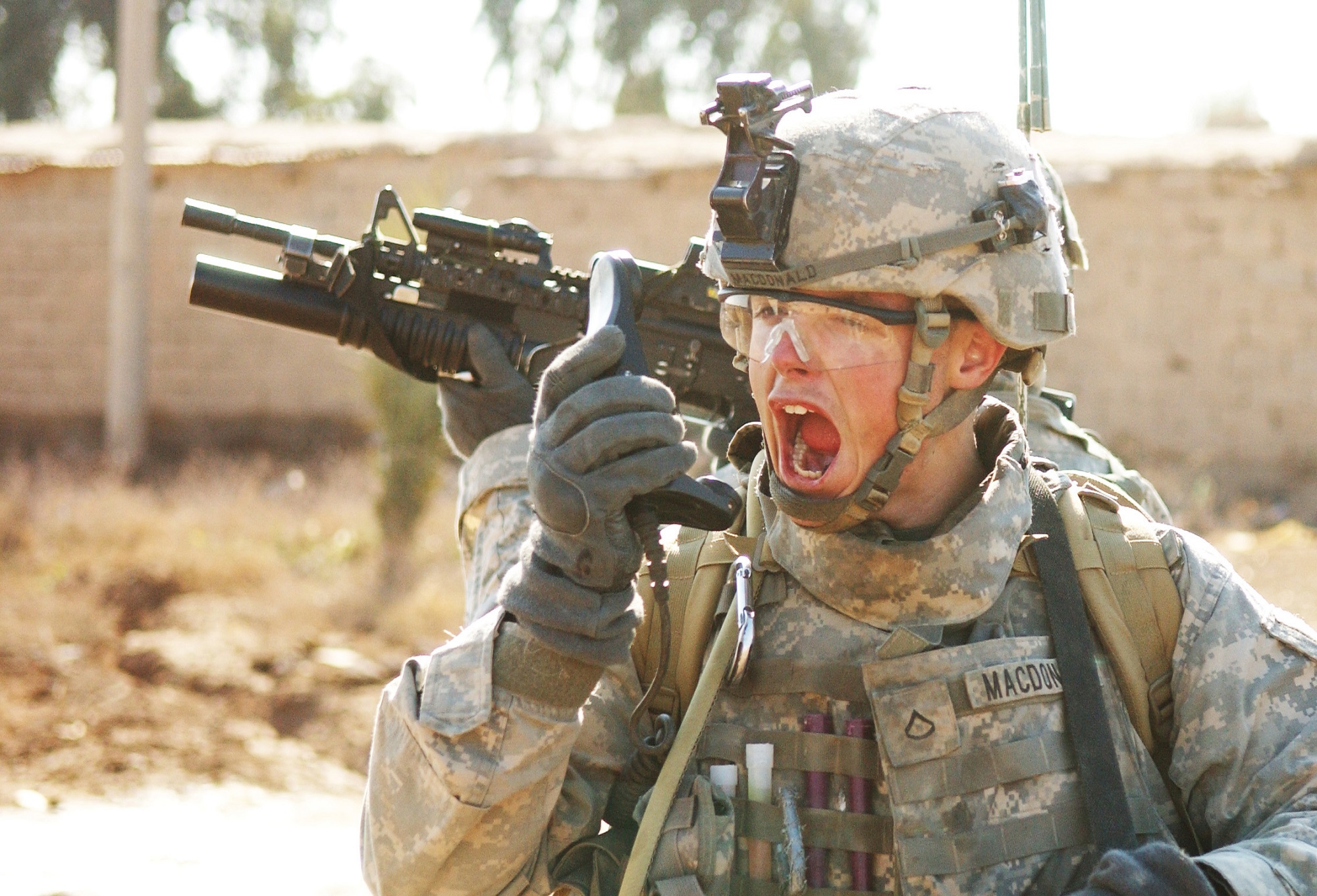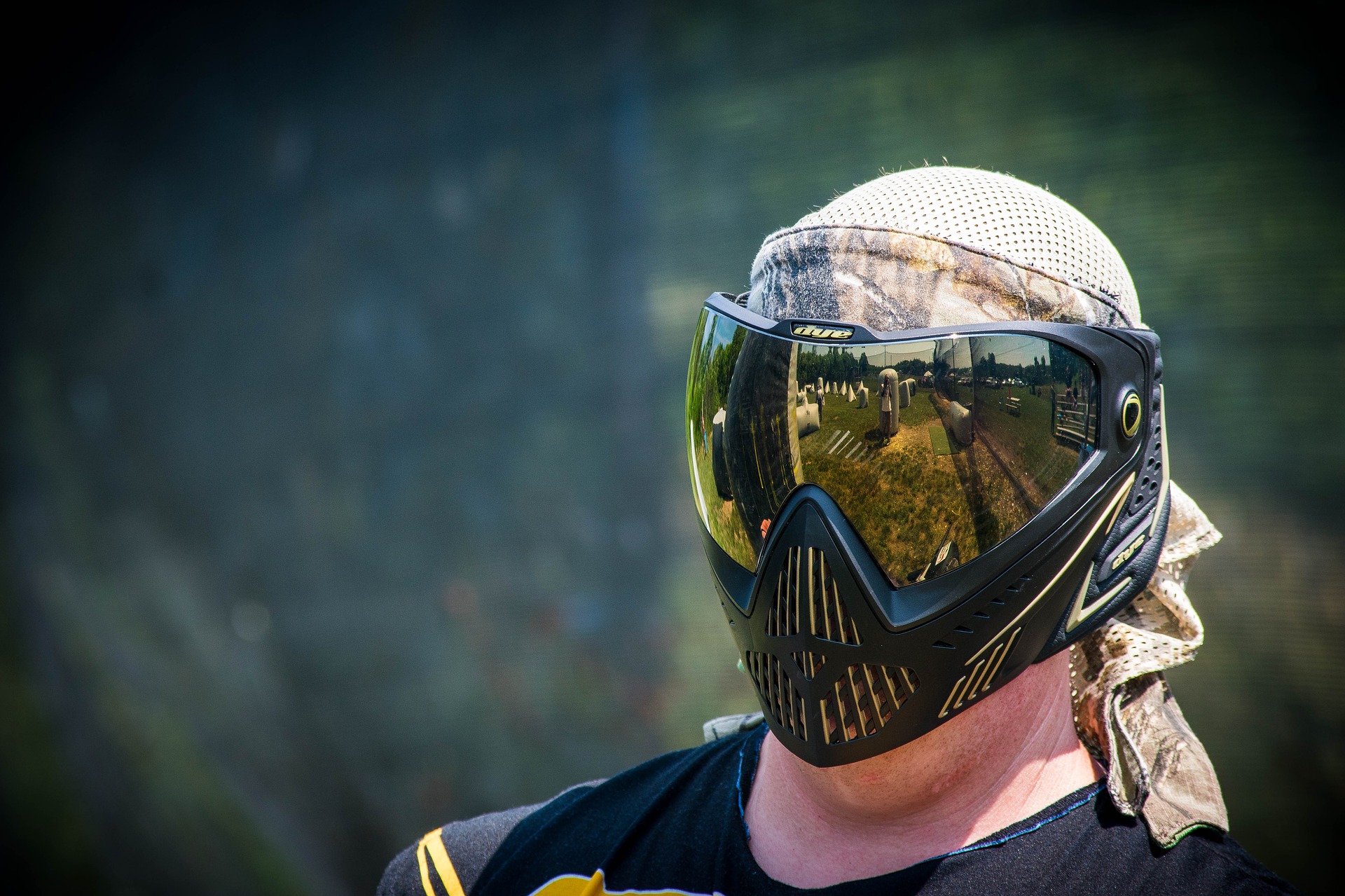
One of the most common questions I see posted in airsoft groups on social media, on airsoft forums, on Reddit, and in my YouTube comments is “What should I bring for a MilSim event?” It is such a common and old question that the response many of us have resorted to is simply linking the MilSim West TACSOP and the packing list contained within, rather than spend the time typing out the answer again. While that answer is effective, as it directs players to a comprehensive packing list contained within the ruleset for an event they may be planning to attend, it does lack in explanation and context. Equally as important as the “what” to bring is the “how” and “why” of what you’re bringing. Hopefully with this article, I’ll be able to shed some more light on this subject.
To start, I’m going to make an important distinction between the two types of MilSim events that are common in the United States, but often interchangeably referred to as “MilSim.” The more intense style of event which requires you to ruck in all of your gear you need to sustain yourself for the weekend without leaving the field I will refer to as “full immersion MilSim.” MilSim West is the most common provider of this event style in the United States. As for American MilSim, Lion Claws, MSATO, and the like, those I will refer to as “rotational MilSim.” Those events do not typically have you sustaining yourself in the field for 40 hours at a time, so there’s no need to bring a ruck packed with everything and ready to haul into the field. That said, it is usually a good idea to bring many of the same things with you to ensure you can stay fed, hydrated, and well supplied through the event. Below, you will see an annotated gear layout from my preparation for MilSim West’s The Ruins Of Saratov as an example, and then together we’ll go through some of the methodology of MilSim packing.

Believe it or not, everything above (including the items not pictured) did fit on my body and into the rucksack, chest rig, and small satchel I had for load bearing gear. Those supplies sustained me for the duration of an event (which saw freezing temperatures down to 20 degrees at night) with only one trip to the water refill station. While all of this probably looks like a lot, everything in this kit serves a purpose, and is organized according to its purpose. You can see what it looked like all packed up below.

When I’m packing my gear for an event, I typically try to break my gear into three levels of priority, and carry it appropriately.
Combat Gear:
These are the items I need at bare minimum to be wearing and carrying at all times in order to be able to engage in the game of airsoft at a basic level. This includes my eye protection, boots, clothing, headgear, airsoft guns, extra magazines, speedloader, communications, in game medical bandages, basic medical kit, and water. The amount and type varies depending on the event and personal needs, but these are the normal typical items you would bring to any skirmish. This is the gear that normally goes on your person and stays there for the majority of the event.
Short Term Sustainment:
These are the items that will keep you going on longer patrols away from your ruck or FOB. If you are attending a rotational MilSim event, this is your highest level of sustainment gear you will ever need to carry. Such items include a cold/wet weather layer, night vision gear, tape, spare batteries, extra ammo, extra water, and some light snacks. This gear often goes into an assault pack or other form of supplementary load bearing gear, and should be accessible without assistance if possible. This allows you to extend your operational capability beyond an hour or two and be prepared for unexpected circumstances.
Long Term Sustainment:
This is your camping and overnight gear for a full immersion event, or the stuff you would leave in your car for a rotational event. These are your spare clothes, toiletries, extra water refills, food and cooking system, sleeping gear, and shelter system. The last two items are of course not things you need if you’re not camping out, but the rest I still think apply as good things to bring to any game. If you are going to a full immersion event though, this is the gear that goes in your ruck and typically stays at the Patrol Base, or wherever your squad is setting up for the time being.

Depending on your own needs, mission, and playstyle, you may have different ways to break down what belongs in which category, but I think these basic categories make sense for the context of most players attending MilSim events. In general, your combat gear and short term sustainment gear is the gear you should be prepared to carry for the vast majority of the event, while your long term sustainment gear is either staying at your staging area for rotational events or staying in your ruck at the PB for most of a full immersion event. For a full immersion event though, you must be prepared to carry your long term sustainment gear over varying terrain for distances up to a few miles at a time. This is where learning how to pack a ruck comes in, and for this point I will refer to this handy diagram I found on Google Images.

This is one approach to packing a ruck for camping, but you get the idea of how sustainment geared should be layered depending on how quickly you need to get to various items. Generally speaking, you want heavier items as close to your body as possible, and everything you might need for emergencies or due to a sudden change in weather or lighting conditions should be as conveniently accessible as possible without disturbing most contents of the pack.
Of course, nothing beats practice for figuring out how best to pack all of your gear. I highly recommend packing all of your gear a few times leading up to the event and taking some practice hikes while wearing it to figure out any problems with your packing or adjustment. If anything is pinching, shifting, or hurting, re-pack and adjust as necessary until you can carry everything as comfortably as possible.

Of course if you’re attending a rotation based MilSim event, you can basically ignore all of this and just throw the extra gear in your car and access it as needed between rotations. Put your short term sustainment gear in whatever assault pack or satchel you want and call it a day! If you’re looking to attend a full immersion MilSim event though, hopefully my elaboration on some of the methodology of packing was helpful. I hope to see you on the field, and if you’re looking to get some more advice on specific items or more in-depth discussion on different systems, check out some of our potentially helpful videos on the Gun Gamers YouTube channel.
Thanks for reading, and thanks to Lane for letting me guest write on his slick website!
-Eric “E House” Houseknecht




